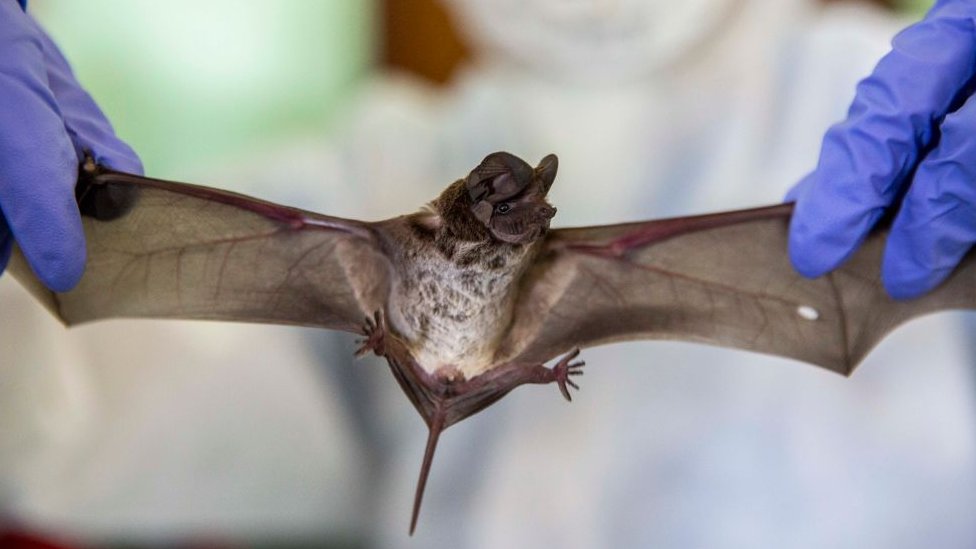New Bat Coronavirus Mutation Discovered in China: Could It Lead to Another Covid-Like Pandemic?

New Bat Coronavirus Mutation Discovered in China: Could It Lead to Another Covid-Like Pandemic?
A recent discovery by a team of Chinese researchers has identified a new bat coronavirus that could potentially transmit from animals to humans, raising alarms about future spillover events. This virus, named HKU5-CoV-2, has been found to interact with the same human receptor as SARS-CoV-2, which is responsible for Covid-19.
The study was led by Shi Zhengli, a prominent virologist often referred to as “batwoman” due to her extensive work on bat coronaviruses. The research team included scientists from the Guangzhou Laboratory, Guangzhou Academy of Sciences, Wuhan University, and the Wuhan Institute of Virology. Their findings were published in the peer-reviewed journal Cell on Tuesday.
HKU5-CoV-2 is part of the merbecovirus subgenus, which also includes the Middle East respiratory syndrome (MERS) virus. This new lineage of the HKU5 coronavirus was initially found in Japanese pipistrelle bats in Hong Kong. The study revealed that HKU5-CoV-2 can bind to the human angiotensin-converting enzyme (ACE2) receptor, the same receptor that SARS-CoV-2 uses to infect human cells.
The scientists stated, “We have discovered and isolated a unique lineage (lineage 2) of HKU5-CoV, which is capable of using not only bat ACE2 but also human ACE2 and several ACE2 variants from different mammals.”
Potential risk of spillover:
The study cautioned that bat merbecoviruses present a significant risk of spilling over to humans, either through direct transmission or via intermediate hosts. The researchers explained that HKU5-CoV-2 can attach to ACE2 receptors in various animal species, which heightens the chances of transmission between species.
However, despite its potential to infect humans, the researchers warned against overstating the threat. They pointed out that the virus’s ability to bind to human ACE2 is “significantly lower” than that of SARS-CoV-2. They stated, “The risk of [HKU5-CoV-2] emergence in human populations should not be exaggerated.” Earlier this month, the journal Cell published a study by researchers from the University of Washington in Seattle and Wuhan University, which found that while the HKU5 strain could bind to bat and other mammalian ACE2 receptors, it did not demonstrate “efficient” binding to human ACE2.
Shi’s team argued that HKU5-CoV-2 seems to be more suited to human receptors compared to its predecessor, lineage 1. They suggested that it “may have a wider host range and a greater potential for interspecies transmission,” according to the South China Morning Post.
In light of these potential risks, the researchers emphasized the importance of ongoing monitoring. The World Health Organization has already listed merbecoviruses among emerging pathogens for pandemic preparedness.
Shi Zhengli, who was instrumental in Covid-19 research, has previously rejected allegations that the Wuhan Institute of Virology was responsible for the pandemic. While the origins of COVID-19 are still a topic of debate, some studies indicate that the virus may have originated in bats and transferred to humans through an intermediate host.












